Peru's Calidda gas company discovered a thousand-year-old mummy during the installation of a gas pipeline in the Puente Piedra district, north of the capital Lima.
This is the latest archaeological discovery related to a pre-Hispanic tomb right in the heart of the capital.
Calidda’s scientific coordinator, Jesus Bahamonde, said that during the construction process, workers discovered the trunk of a huarango tree at a depth of 0.5 meters. This is a native tree of coastal Peru, often used by ancient people to mark graves.
At a depth of 1.2m, the archaeological team continued to discover the mummy of a boy about 10-15 years old.
Based on the burial method and burial artifacts, the research team determined that the mummy dates from around 1,000 to 1,200 AD. The tomb and artifacts were identified as belonging to the Chancay culture - a pre-Inca civilization that was popular in the Lima area during the period from the 11th to 15th centuries.
The remains were buried in a sitting position, with arms and legs bent. The mummy was wrapped in a shroud along with dried gourds.
In addition to the mummies, archaeologists also discovered many ceramic artifacts such as plates, vases and jars, decorated with geometric motifs and images of fishermen.
According to Peruvian regulations, infrastructure companies must coordinate with archaeologists during underground drilling, due to the risk of impact on archaeological sites and cultural heritage. Since 2004, Calidda has discovered more than 2,200 archaeological sites during its operations.
The capital Lima has more than 500 archaeological sites, including dozens of huacas - the name for ancient cemeteries in the indigenous Quehua language./.
Source: https://www.vietnamplus.vn/phat-hien-mot-xac-uop-co-nien-dai-hang-nghin-nam-tuoi-o-peru-post1045428.vnp




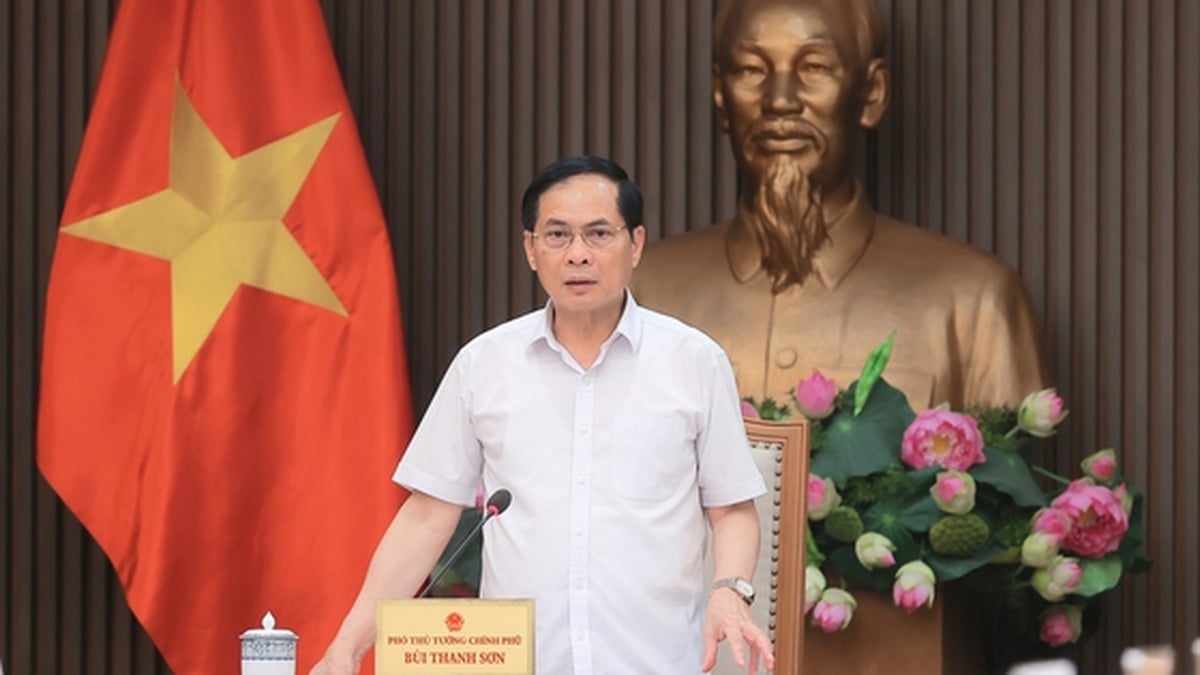
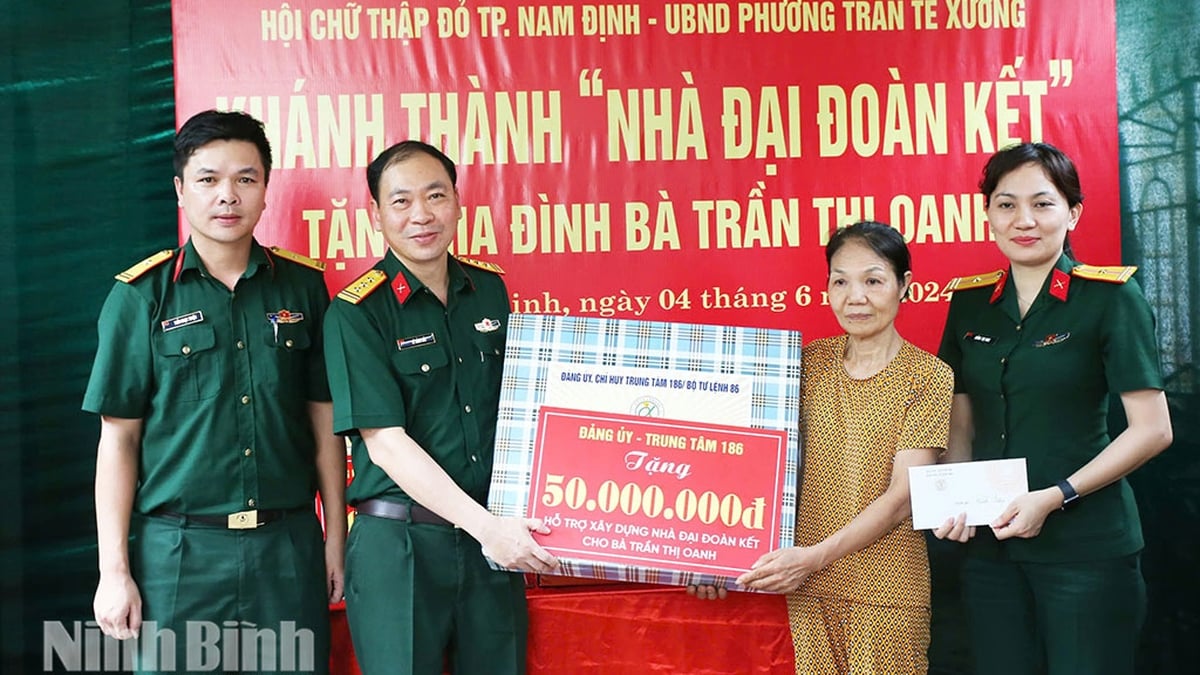
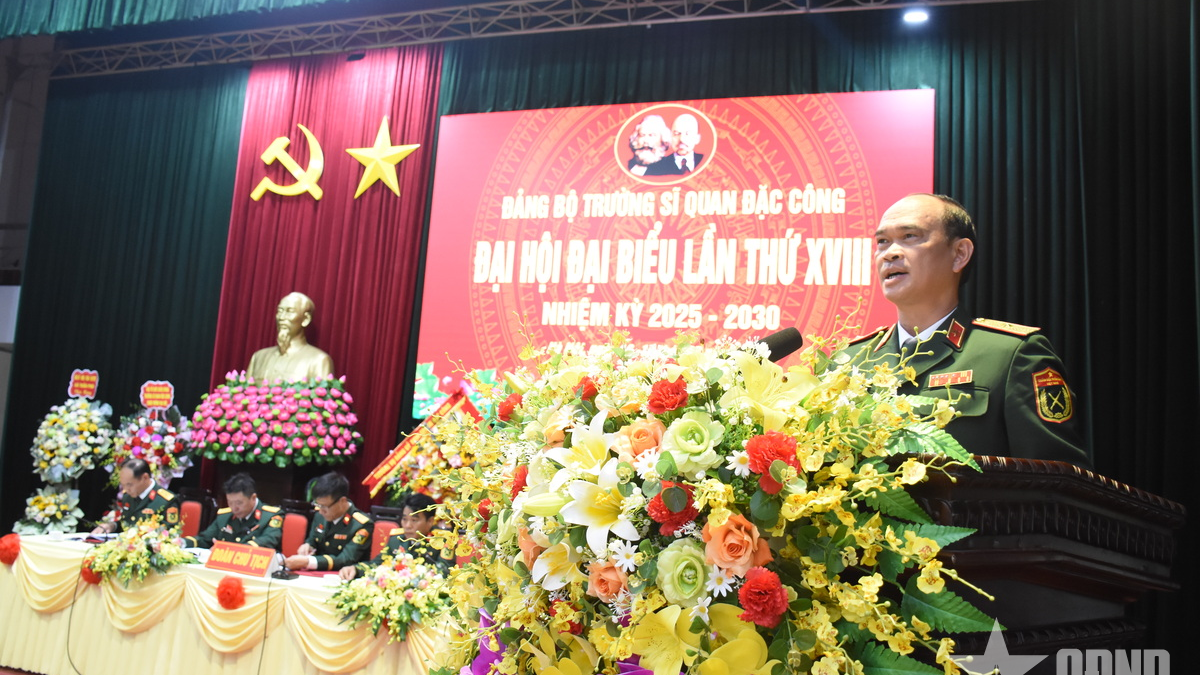
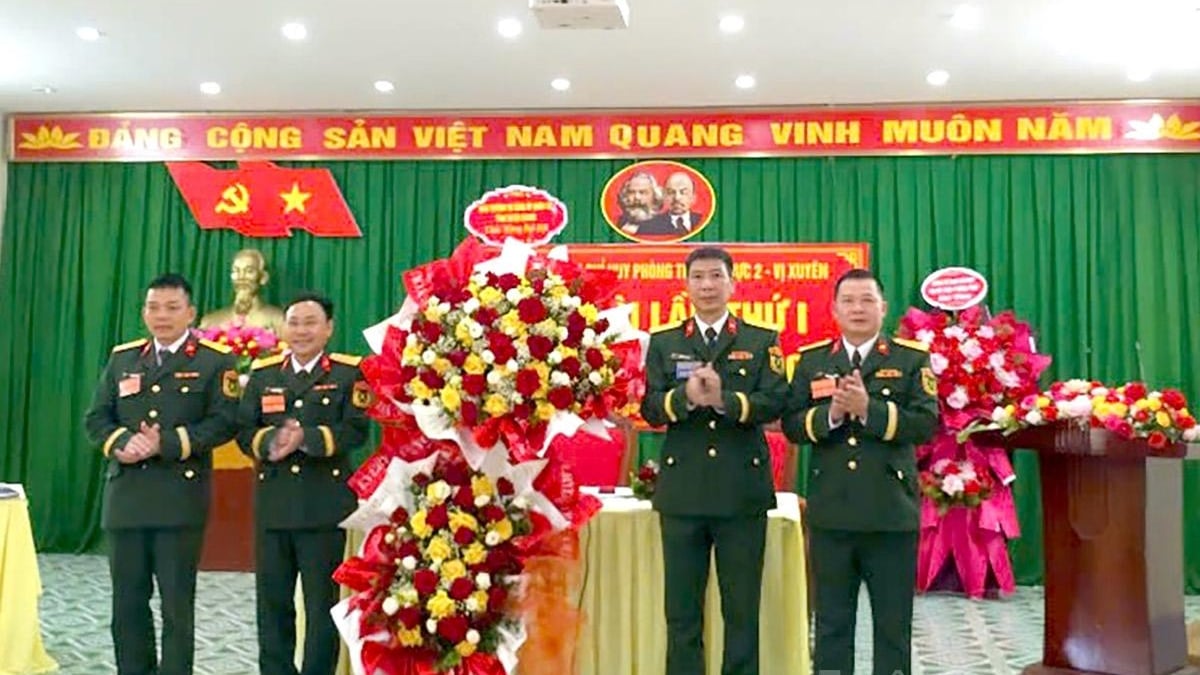
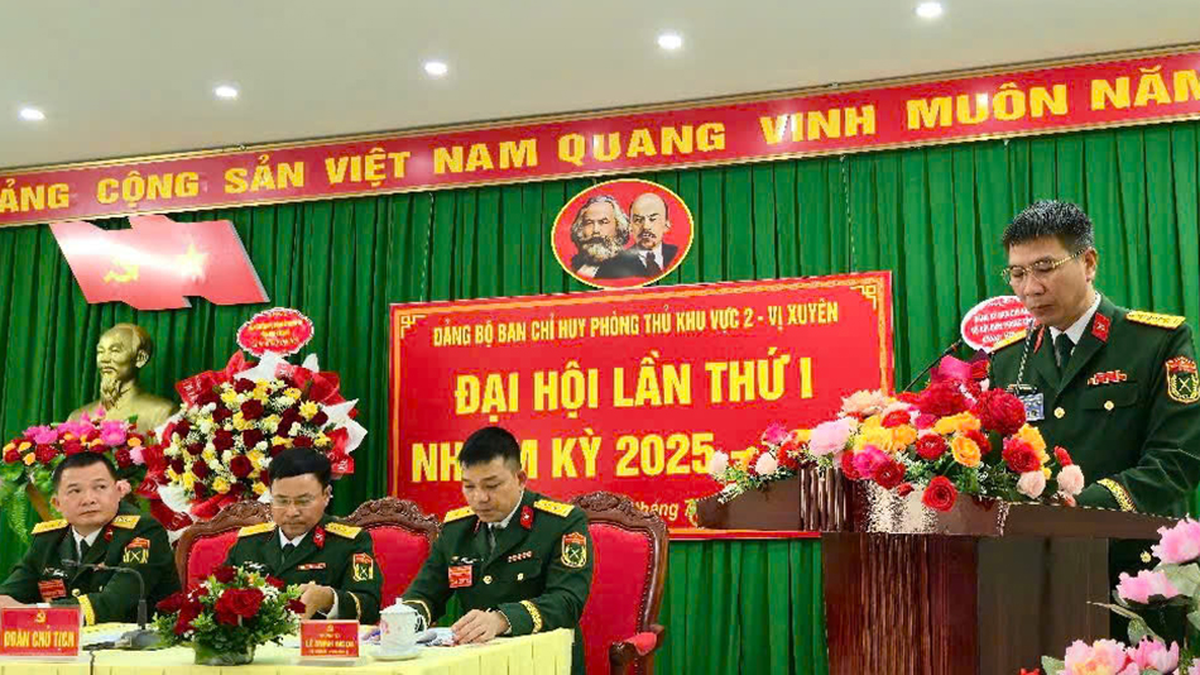

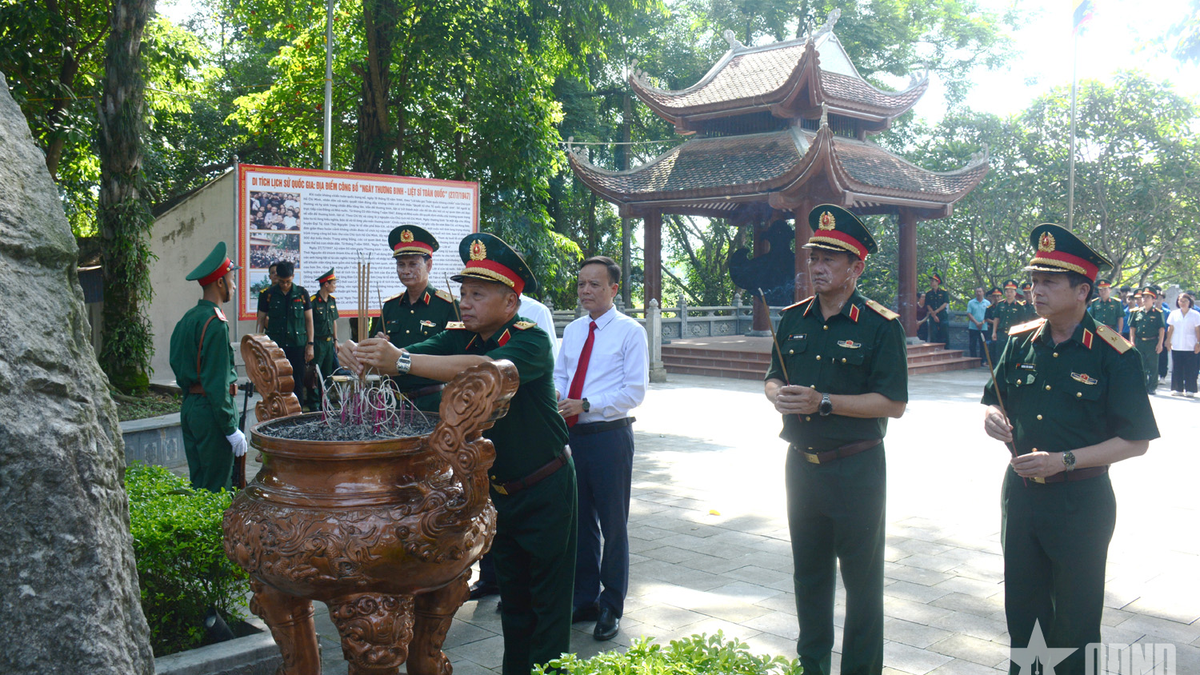
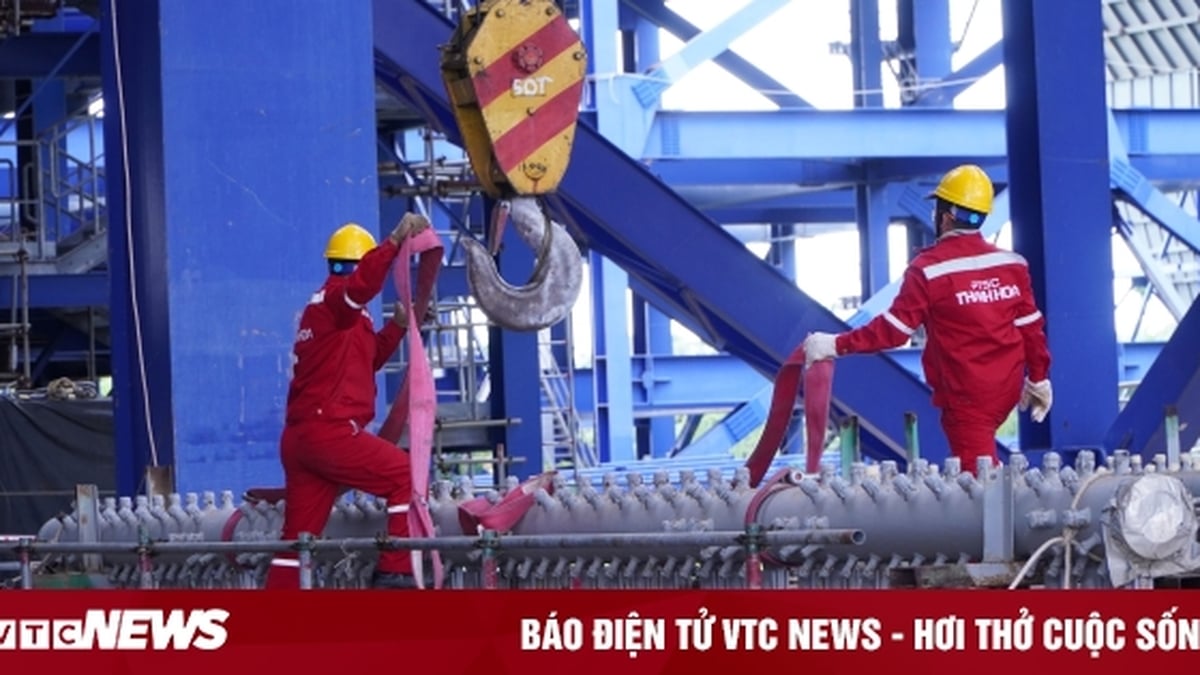





























































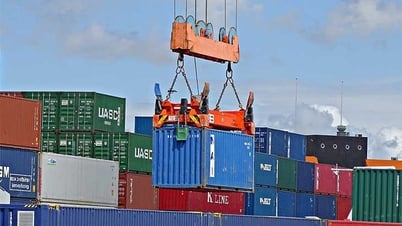

























Comment (0)